- Engineer's Espresso
- Posts
- scientists cracked hydrogen fuel?
scientists cracked hydrogen fuel?
I’m assuming most of you don’t have a hydrogen car...
Happy Tuesday, folks!
Welcome to This Week in Engineering
Before we get started, I have a request.
I put in hours every week to write this newsletter, and we’ve grown it to close to 20,000 readers across North America (most folks working at ENR500 companies)
If you or your company could benefit from advertising in this newsletter, I’d love to chat.
Or if you know someone who could benefit, forwarding this to them would go a long way in making this better and bigger.
ON TO THE FUN STUFF!!
The winners are: Ann, Randall, Russ and James!!!
Stickers coming your way soon. Keep an eye out for an email from us shortly 👀

Context: The Golden Gate Bridge's iconic orange color was actually supposed to be yellow and black stripes, but a paint mix-up during construction led to the current "International Orange" we see today.
Want to get featured in the next edition?


If you’re thinking I'm dreaming about a sci-fi horror movie.. NOPE. This is real...
Columbia University researchers created robots that can consume other robots and use their parts to grow bigger and stronger. They're calling it "robot digestion" (nice way to say cannibalism, guys).
These machines use magnetic "Truss Links" to literally cannibalize parts from their environment or other robots, then rebuild themselves stronger and faster.
One of them grew itself a walking stick and immediately improved its downhill speed by 66.5%. Without any human intervention…
The researchers say this could be perfect for space missions where robots need to adapt without human help.
But I'm just sitting here hoping they put some really, really good kill switches on these things 😅
China's Chang'e-5 mission just solved the biggest problem with living on the Moon.
Water!
They heat lunar regolith using a photothermal reactor (translation: moon dirt) to 2,500°C using focused solar energy, which breaks down minerals and releases trapped hydrogen and oxygen.
And then…there comes agua (sorry I’ve been taking Spanish classes, i meant water (in this case vapor)).
The Moon has tons of this soil just lying around everywhere.
It's like having an infinite water source that only needs a really good magnifying glass.
What about breathing on Mars?
Yup, they solved for oxygen too.
They mix the vapor with CO2 (what we breathe out) and convert that into oxygen!
This could completely change Moon colonization.
Okay this one broke my brain a little…
German researchers at Forschungszentrum Jülich just forced four elements (carbon, silicon, germanium, and tin) to work together for the first time ever.
The problem?
Carbon is tiny compared to the others: it’s like trying to fit a marble into a lineup of basketballs.
Usually when you mix them, everything just falls apart.
They used advanced chemical vapor deposition: they heated up gases containing all four elements and carefully deposited them layer by layer onto a wafer, controlling the temperature and pressure so precisely that the atoms locked into place together.
The result? The world's first stable CSiGeSn compound that actually works with normal chip manufacturing.
Translation: This could replace silicon chips (the ones in your phone, laptop, everything). Instead of needing separate components for different jobs, one chip could do it all.

I’m assuming most of you don’t have a hydrogen car.
But for some reason, I wanted to know how refueling it works.. So I googled it and found that…
You need a 10,000 PSI tank that costs more than most people's cars, or you need to keep hydrogen at -253°C (colder than outer space) for it to work.
And. Just if something goes wrong, you get a very expensive explosion.
This is why hydrogen, despite being the most abundant element in the universe, has been stuck in "fuel of the future" limbo for decades.
The problem that's been driving engineers crazy
Hydrogen wants to be a gas. Really, really badly. (at least I want it to be one)
At room temperature and normal pressure, it's lighter than air and takes up massive amounts of space.
To store enough energy for practical use, you need either crushing pressure or Arctic-level cold.
Most hydrogen-rich materials that could help are solids at room temperature.
For instance, ammonia borane: it can pack 19.6% hydrogen by weight, but you need to heat it to over 100°C to get the hydrogen out, and it produces toxic byproducts in the process.
So… Get to the point (YES OKAY)
Researchers at EPFL and Kyoto University just created something that shouldn't be possible: a hydrogen-rich liquid that stays stable at room temperature.
HOW???
They mixed two compounds, ammonia borane and tetrabutylammonium borohydride in just the right ratio to create the world's first hydride-based deep eutectic solvent.
Think of it like making a cocktail where the ingredients work together to create something completely different from either component alone.
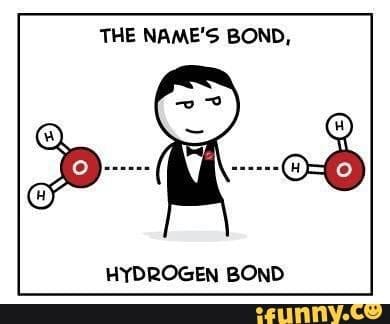
The chemistry magic behind it
The compounds form incredibly strong hydrogen bonds between their molecules and the mixture creates what's called a "deep eutectic solvent" or the molecular equivalent of two people who had better chemistry(pun intended) together than apart.
These bonds actually disrupt the ordered crystal structure that keeps the materials solid.
The materials can't crystallize back into their solid form, so they stay liquid.
A clear, stable liquid that packs up to 6.9% hydrogen by weight. More than the U.S. Department of Energy's 2025 target for hydrogen storage materials.
Why this changes everything
Instead of 10,000 PSI pressure tanks or cryogenic cooling systems, you could store hydrogen in regular containers at room temperature.
The liquid stays stable for weeks, doesn't crystallize, and has one of the lowest densities reported for hydrogen-rich liquids.
The engineering elegance
Only the ammonia borane component breaks down during hydrogen release, meaning parts of the mixture could potentially be recycled.
The process is reversible, controlled, and doesn't require the extreme conditions that have made hydrogen storage so expensive and dangerous.
Real-world implications
This could finally make hydrogen practical for everything from cars to grid storage.
We won’t need specialized infrastructure, or have to worry about explosion risks from high-pressure systems, or have energy losses from keeping things super-cold.
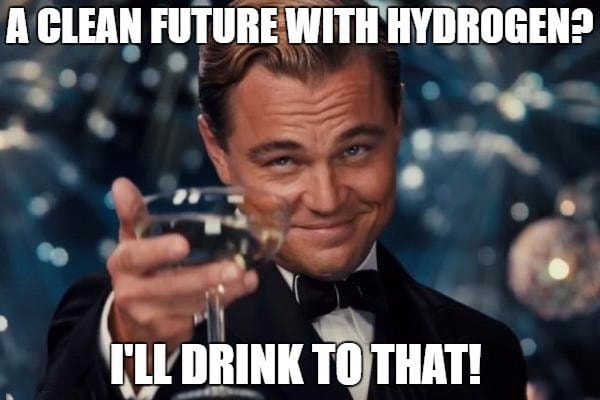

Senior Substation Design Engineer: Transcend
Turning volts into vaults of brilliance, one substation at a time.Senior Mechanical Engineer: Audubon
A machine whisperer who turns "we need a thing that does stuff" into detailed blueprints that actually work.Senior Transmission Engineer: Transmission
Plot the safest route for thousands of volts to get from Point A to Point B without barbecuing birds or people.
Want to list your job with us?
Hit reply and we’ll get it to over ~20k engineers : )

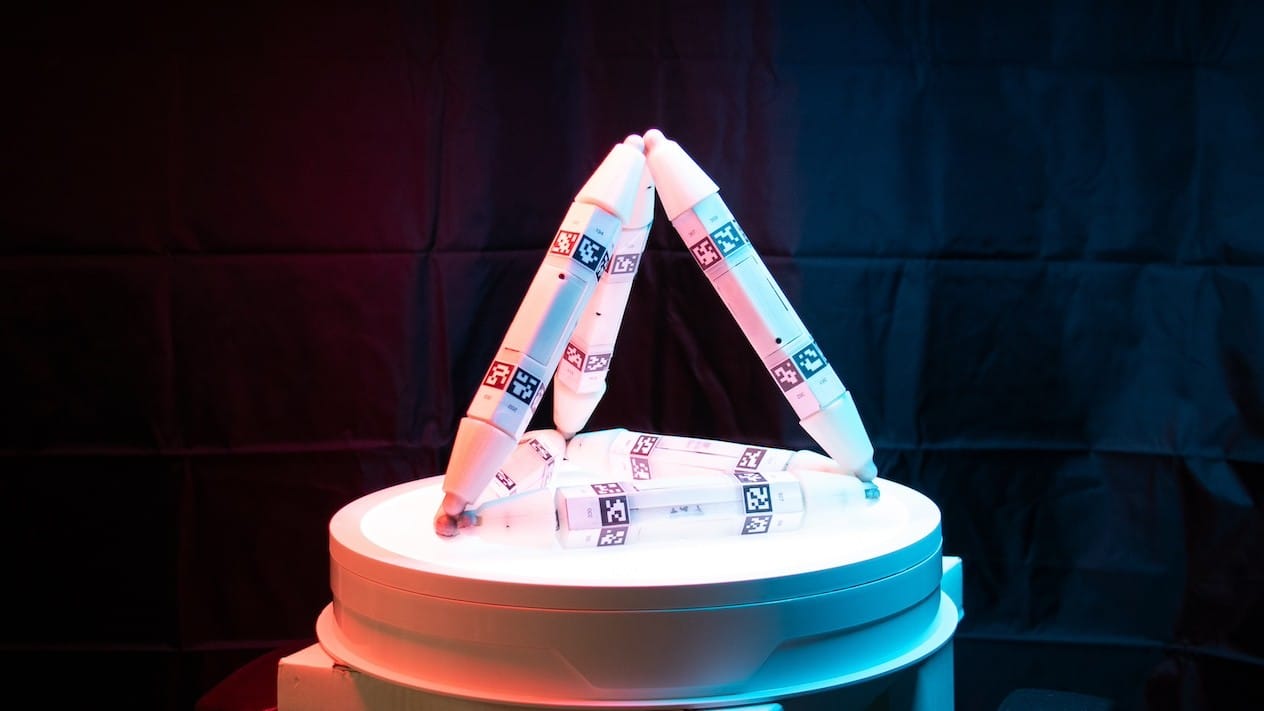
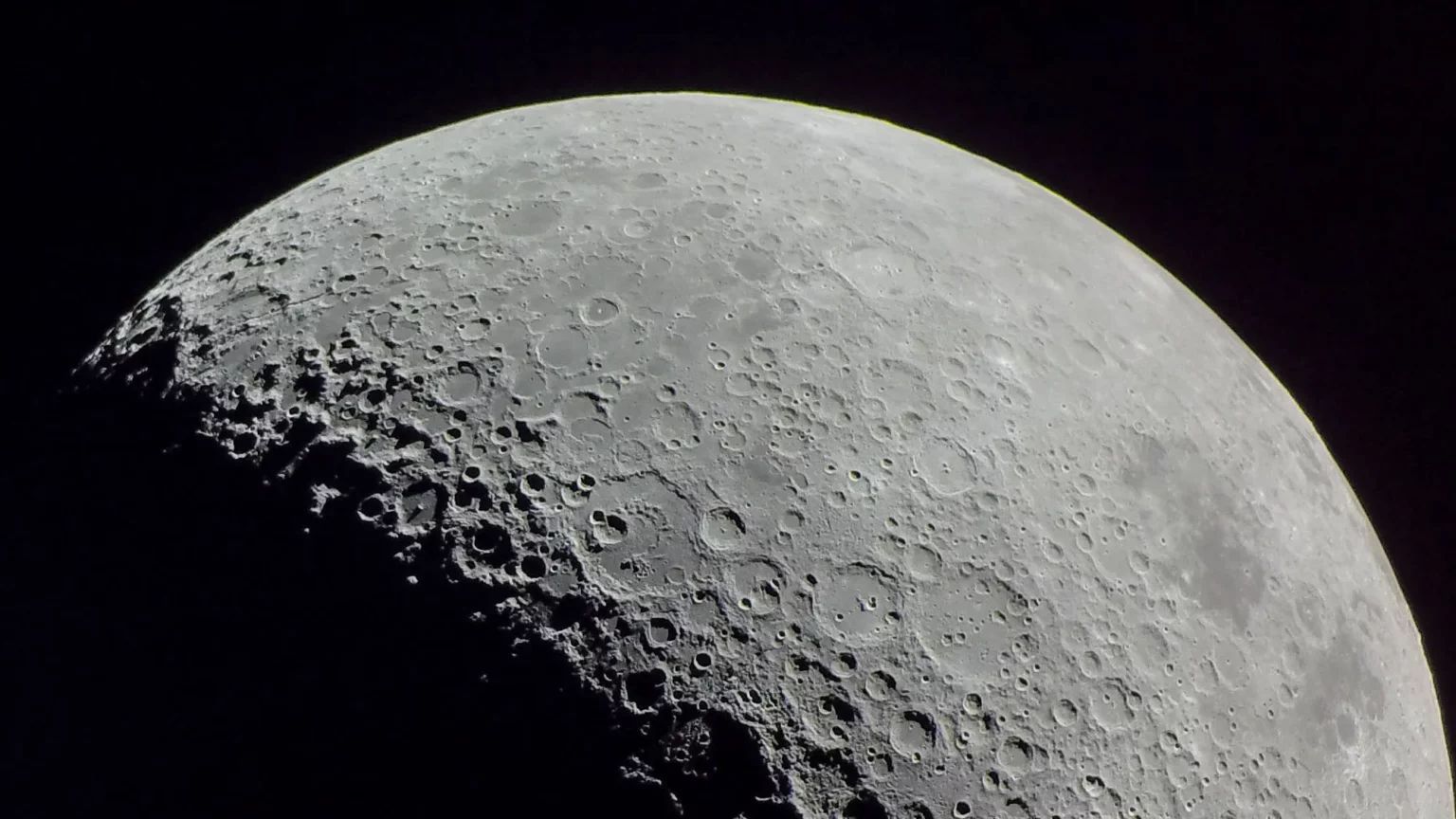
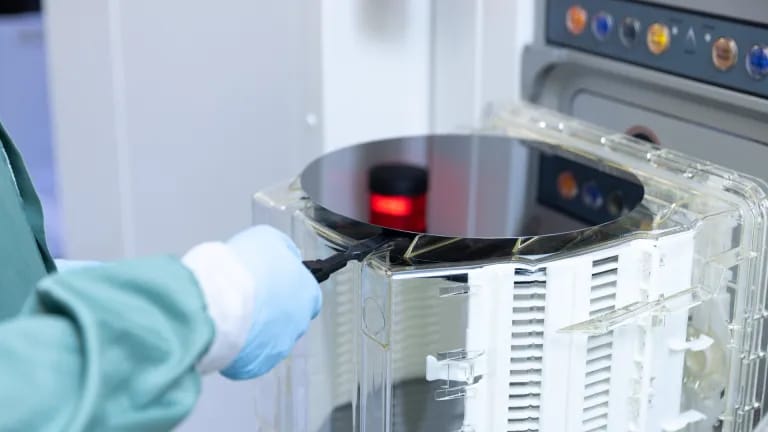

Reply